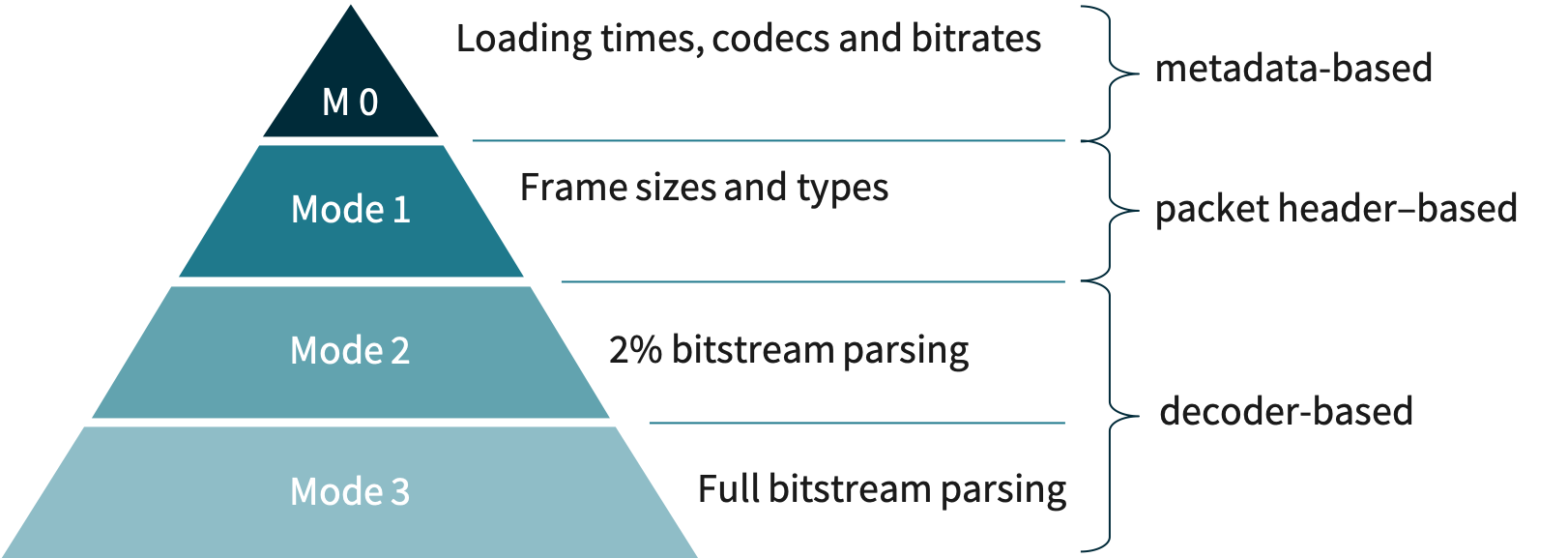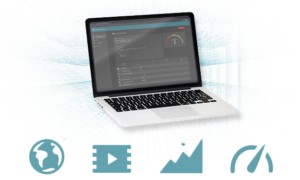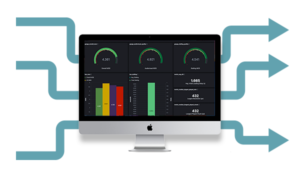Streaming Video Quality Measurement
We offer what you need to measure video QoS and QoE.
- Identify errors in your transcoding and delivery chain
- Conduct video quality measurements for both encoding and streaming stages
- Improve video quality from an end-to-end perspective
- Increase customer experience and Quality of Experience (QoE)
- Use internationally standardized technology
- Benefit from our experience from academic-industrial cooperations
You need to measure streaming video quality – we provide the toolkit and the know-how.
See through to what matters.
















